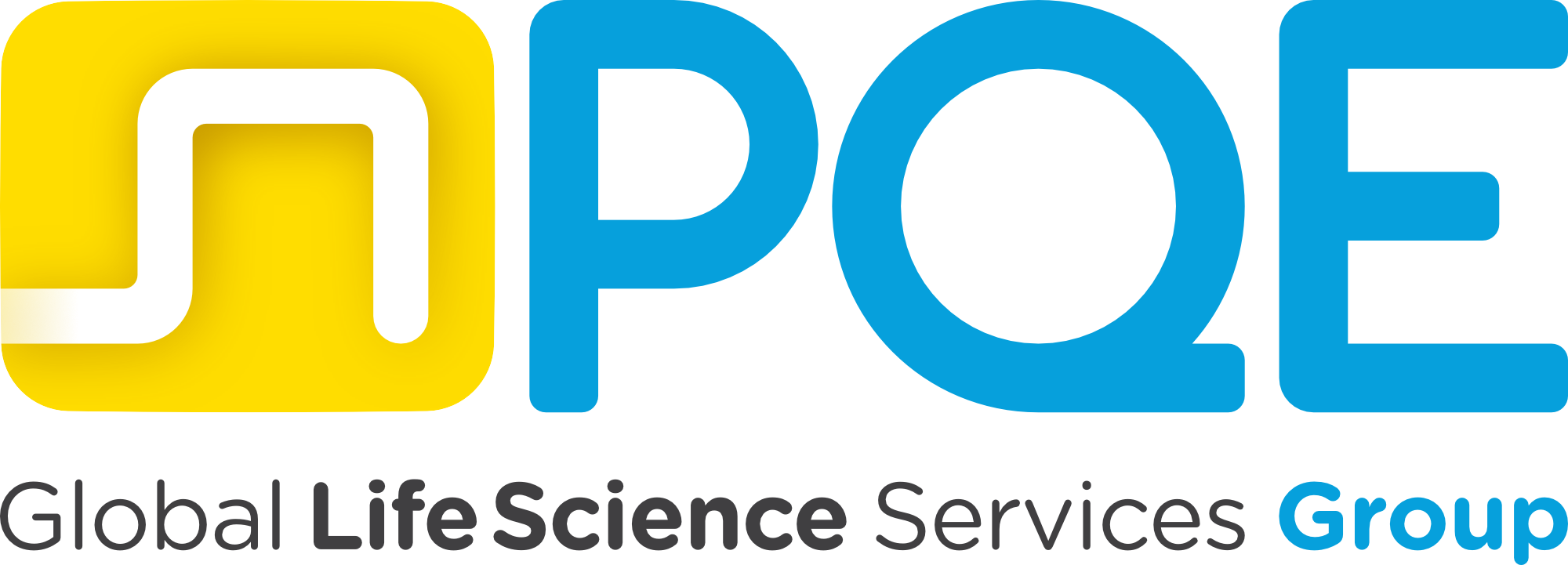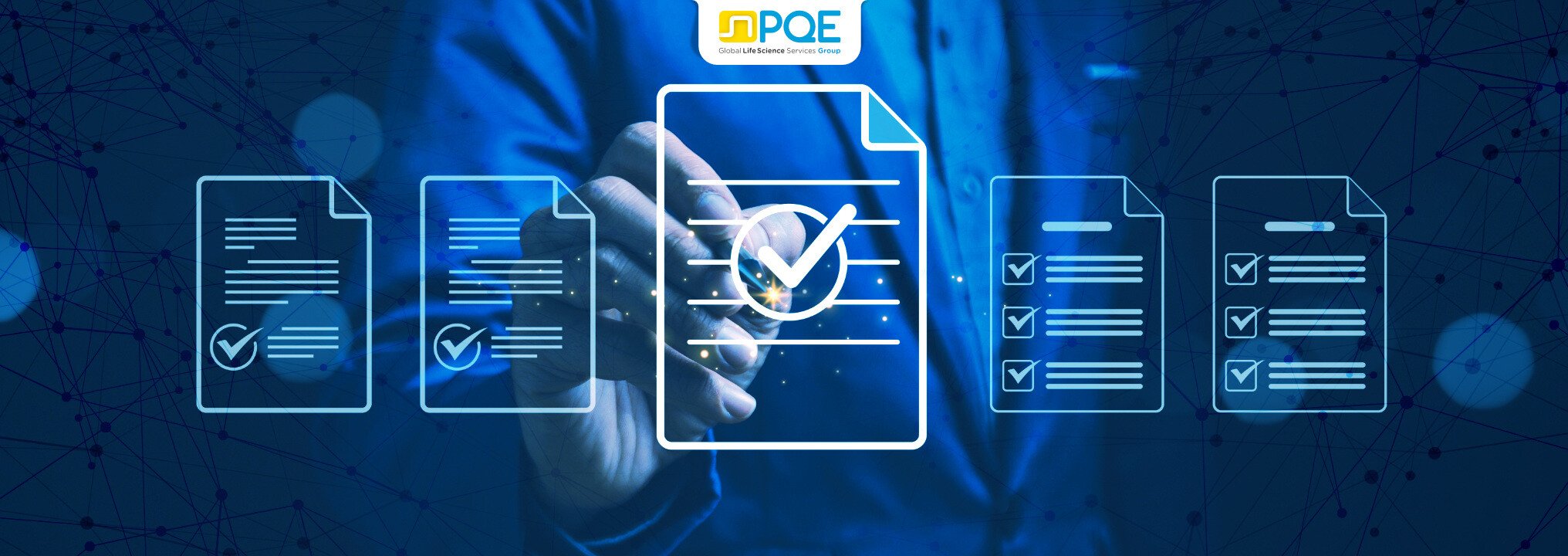Connectivity and Data-Driven Manufacturing in Action
Although much emphasis has been placed on data management, to fully grasp how equipment connectivity and data collection are transforming our industry it is crucial to not limit ourselves to managing the collected data alone but to also consider how this data is actively utilized. Beyond storage and organization, the real value lies in how data drives actionable insights and operational enhancements. The use of connected devices has ushered in a new age in the pharma manufacturing process, with automation, real-time monitoring, and immediate decision-making empowering companies to achieve unprecedented levels of efficiency and precision. Through these advancements, manufacturers have increased their production levels and accuracy while drastically reducing the need for human intervention, which has resulted in lower operational costs and minimized errors. As a result, there have been noticeable improvements in product quality and faster time-to-market, which is critical, especially for in-demand drugs.
When used in combination with connected devices, Enterprise Resource Planning (ERP) and Manufacturing Execution Systems (MES) offer a plethora of benefits to pharma companies, providing a bird's-eye view of operations and facilitating seamless integration and real-time data sharing throughout the entire production process. With this synergy in place, manufacturers can expect a significant boost in operational efficiency, enhanced resource management, and improved coordination across production stages with reduced downtime and higher product quality.
The IT-OT Overlap and the Future of Data Security
Since the 1990s, giant industries powered by IT systems like Pharma have relied on the Purdue Model, a framework designed to compartmentalize manufacturing operations into distinct layers to enhance control and security, and to monitor the flow of data and processes. This compartmentalization has led to more robust IT and enterprise systems, allowing for clearer oversight and more focused security measures at each layer. By isolating different operational levels, companies have been able to prevent unauthorized access and mitigate risks associated with system breaches. However, with the growing convergence of Information Technology (IT) and Operational Technology (OT), as factories and manufacturing plants become smarter, the boundaries between these once separate layers are fading away, leaving systems more integrated and vulnerable than ever. Although this convergence has helped data and control functions to move freely across levels, increasing operational efficiency and data integration, it has left industries like the pharmaceutical sector in a challenging position. This integration means that a fault in one system can directly impact the other, signaling the need for newer and more robust data security and integrity measures. As a heavily regulated and essential industry, the pharmaceutical sector must step up to the challenge and stay ahead of the curve by ensuring that security precautions, risk assessments, and compliance measures are continuously updated and rigorously enforced. This is crucial to ensure that the large amounts of data being collected, processed, and stored are in full compliance with regulatory standards and protected against potential breaches. By upholding these standards and adopting advanced security technologies, we as an industry will not only be able to safeguard our operations but also enhance our overall efficiency and reliability. This, in turn, ensures that the lives of patients who rely on our products to improve their quality of life are protected and served with the utmost care and precision.





